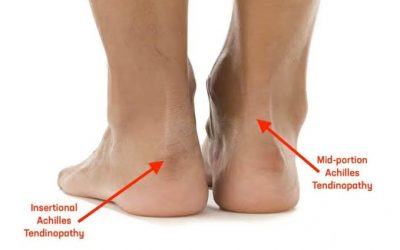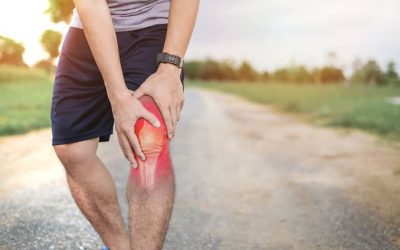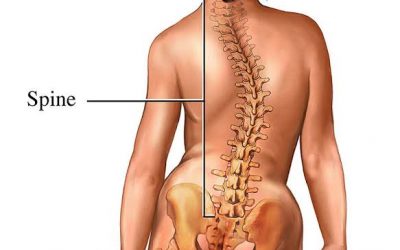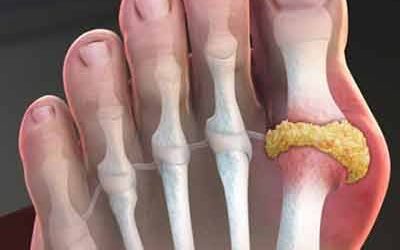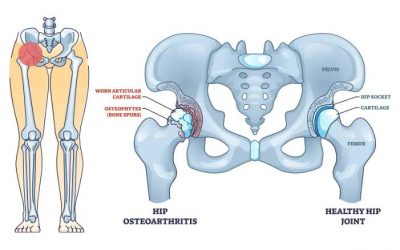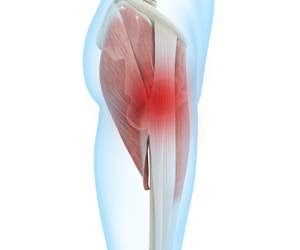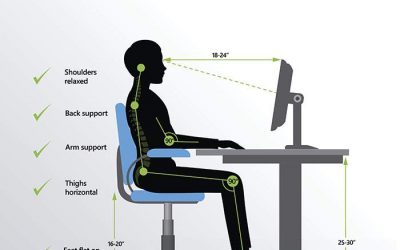Anterior Cruciate Ligament (ACL) Injury
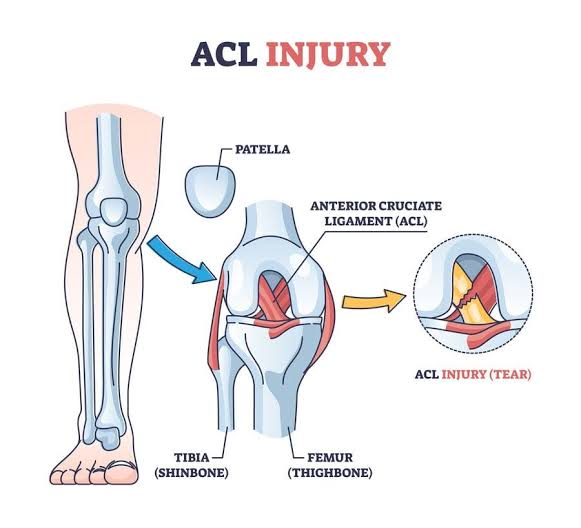
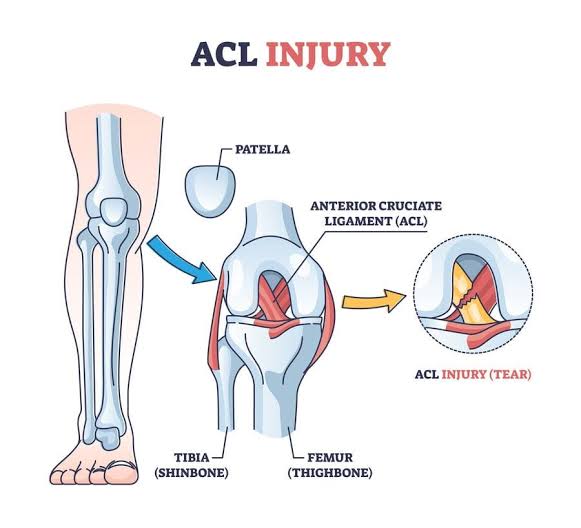
An ACL injury is a tear or sprain of the anterior cruciate ligament (ACL) — one of the strong bands of tissue that help connect your thigh bone (femur) to your shinbone (tibia).ACL is in the middle of the knee. It prevents the shin bone from sliding out in front of the thigh bone.You have one ACL in each knee. It forms an “X” shape inside your knee with your posterior cruciate ligament (PCL). The ACL is closer to the front of your knee. The PCL is closer to the back of your knee.
Cause
The ACL can be injured or torn in a number of different ways. The most common mechanism is that of a sudden pivoting or cutting maneuver during sporting activity, which is commonly seen in football, basketball and soccer. The ligament can also tear due to work injuries or automobile accidents.
At the time of the injury, a “pop” or “snap” can sometimes be felt or heard. The amount of pain experienced at the time of the injury is somewhat variable but can be quite severe. Typically, the person is unable to continue play or activity, and has the impression that a significant injury has occurred. Immediate swelling of the knee develops at the time of injury—within the first several hours—but the extent of swelling can be limited if the knee is immediately iced or splinted.
Symptoms
Signs and symptoms of an ACL injury usually include:
- A loud pop or a “popping” sensation in the knee
- Severe pain and inability to continue activity
- Rapid swelling
- Loss of range of motion
- A feeling of instability or “giving way” with weight bearing
First Aid
- Raising your leg above the level of the heart
- Putting ice on the knee
- Pain relievers, such as nonsteroidal anti-inflammatory drugs (such as ibuprofen)
- Crutches to walk until the swelling and pain get better
- Brace to give your knee some stability
- Physical therapy to help improve joint motion and leg strength
- Surgery to reconstruct the ACL
The complications of an ACL tear
You might damage or tear your other knee ligaments during an ACL tear, including your:
- Medial collateral ligament (MCL).
- Lateral collateral ligament (LCL).
- Posterior cruciate ligament (PCL).
Other injuries that can occur at the same time as an ACL tear include:
- Bone fractures.
- Meniscus tears.
- Muscle strains.
Diagnosis
An ACL tear can be diagnosed by a physician through a history and physical examination. On physical examination, the physician can specifically assess the amount of motion present and determine if the ACL is torn. Additionally, evaluation of other structures within the knee is done also, as ACL tears are often found in association with injury to other structures within the knee, such as the cartilage and collateral ligaments.
X-Rays are taken to evaluate for the presence of any fractures. In many patients, an MRI scan of the knee may be ordered. The scan can clarify the question of an ACL tear if the history and examination are inconclusive. The scan is also useful for evaluating the cartilage or meniscus tissue in the knee if this information is necessary to make decisions regarding the best treatment for a specific patient.
Treatment
Don’t play sports or do any activity that can put more stress on your knee. Follow the RICE method as soon as you notice pain or other symptoms:
- Rest: Avoid the activity that caused your injury. Don’t overuse your knee while it heals.
- Ice: Apply a cold compress or ice packs wrapped in a thin towel to your knee for 15 minutes at a time, a few times a day.
- Compression: You can wrap your knee in an elastic bandage to help reduce swelling.
- Elevation: Prop your knee and leg up above the level of your heart as often as you can.
Rehabilitation
Medical treatment for an ACL injury begins with several weeks of rehabilitative therapy. A physical therapist will teach you exercises that you will perform either with continued supervision or at home. You may also wear a brace to stabilize your knee and use crutches for a while to avoid putting weight on your knee.
The goal of rehabilitation is to reduce pain and swelling, restore your knee’s full range of motion, and strengthen muscles. This course of physical therapy may successfully treat an ACL injury for individuals who are relatively inactive, engage in moderate exercise and recreational activities, or play sports that put less stress on the knees.
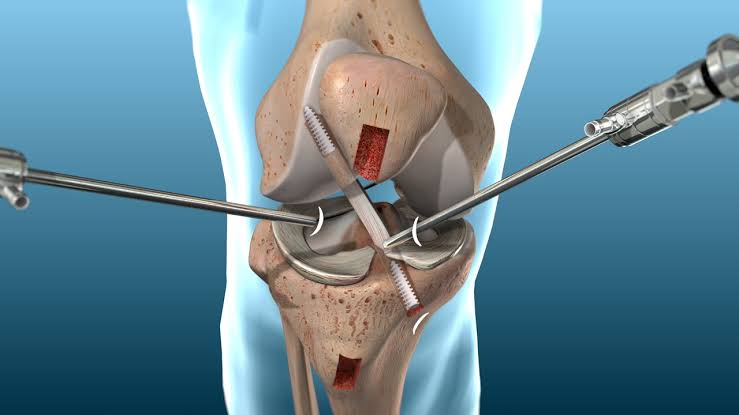
Surgery
ACL repair surgery is usually done arthroscopically. This type of surgery is done using a tiny camera (called an arthroscope) and small instruments that are inserted through small incisions (cuts).
Recovery from ACL surgery can take 6–12 months. If you have an ACL repair, you may use crutches and a leg brace after surgery. Some people might need a knee brace after that.
Physical therapy is important to help the knee heal. PT helps to:
- improve range of motion and flexibility
- regain strength in the knee, thigh, and shin muscles
- reduce pain and swelling
- improve balance
